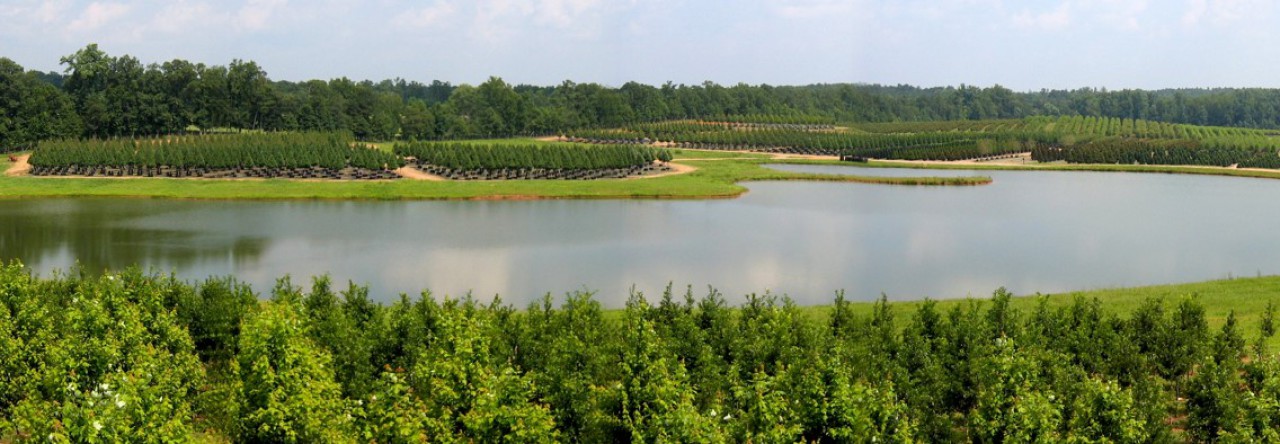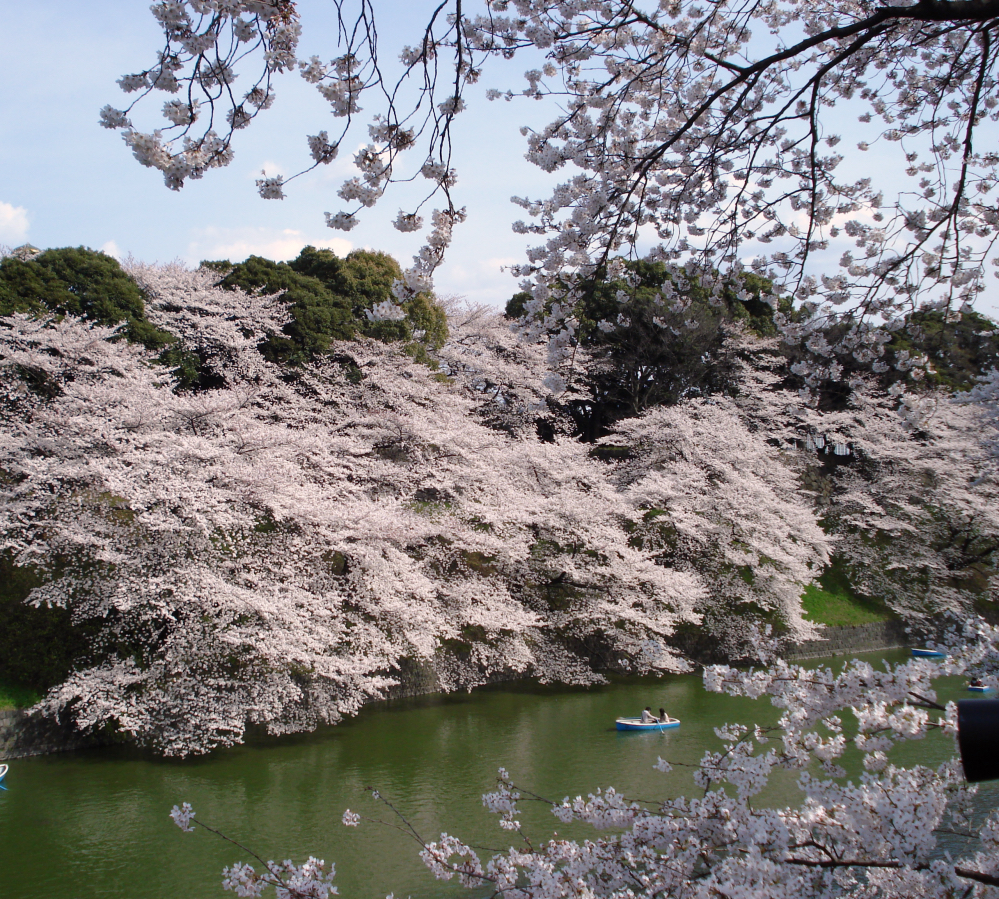A darling among the flowering tree world, and a true favorite throughout the globe, the Japanese Flowering Cherry Tree, or the Yoshino Cherry, is one of the most popular flowering trees in the world. As a member of the Cherry Blossom family, the Japanese Flowering Cherry Tree is displayed in national and international festivals, honored as one of Earth’s most beautiful flower producing trees. Known for it’s dazzling pink and white flower bunches, and delicate, yet sound branch patterns, it’s no surprise that this tree is covetted in almost any garden. If you are looking to plant or prune some of these trees, follow some of these useful tips provided by theflowerexpert.com, angieslist.com, and homeguides.com.
Planting your Cherry Blossoms:
Yoshino Trees are breeded by budding them on seedling stocks while in the nursery. For now though, we’ll assume that you are buying your young Cherry trees instead of growing them. This makes the process much quicker.
First, it is important to make sure you have the right planting conditions to plant these trees. Cherry trees can cover a wide surface area, it is therefore necessary to plant them with an ample amount of space. Make sure the soil in which you plant your tree is moist, and well-drained. Sun exposure is necessary for Yoshino Trees to develop properly. Be careful however, as too much sun exposure can harm the trees. Make sure to plant in early spring, once the danger of winter frosts has passed.
Maintaining your Cherry Blossoms:
The Japanese Cherry Tree is susceptible to disease and fungus. Keep an eye out for diseased branches, and prune them early if spotted. Before you prune however, make sure to properly disinfect and clean your pruning tools.
Prune your trees immediately after blooming season in order to stir new growth and flower display. You’ll want to cut specifically from around the bottom and stem of the tree. Shorten branches using heading cuts. Make the cuts 1/4 inch above an outward-facing bud. Finally, again, make sure to cut diseased or twisted branches. These factors can harm the Yoshino, and prevent proper flower growth if left untended.
Tips:
Make sure that you use the appropriate tools according to the size of the branches you are pruning and cutting.
Make sure to thin selected branches to ensure there is proper light penetration reaching the trunk of the tree.
If you liked this article, check out our blog for more info and gardening tips. Thanks for reading!

